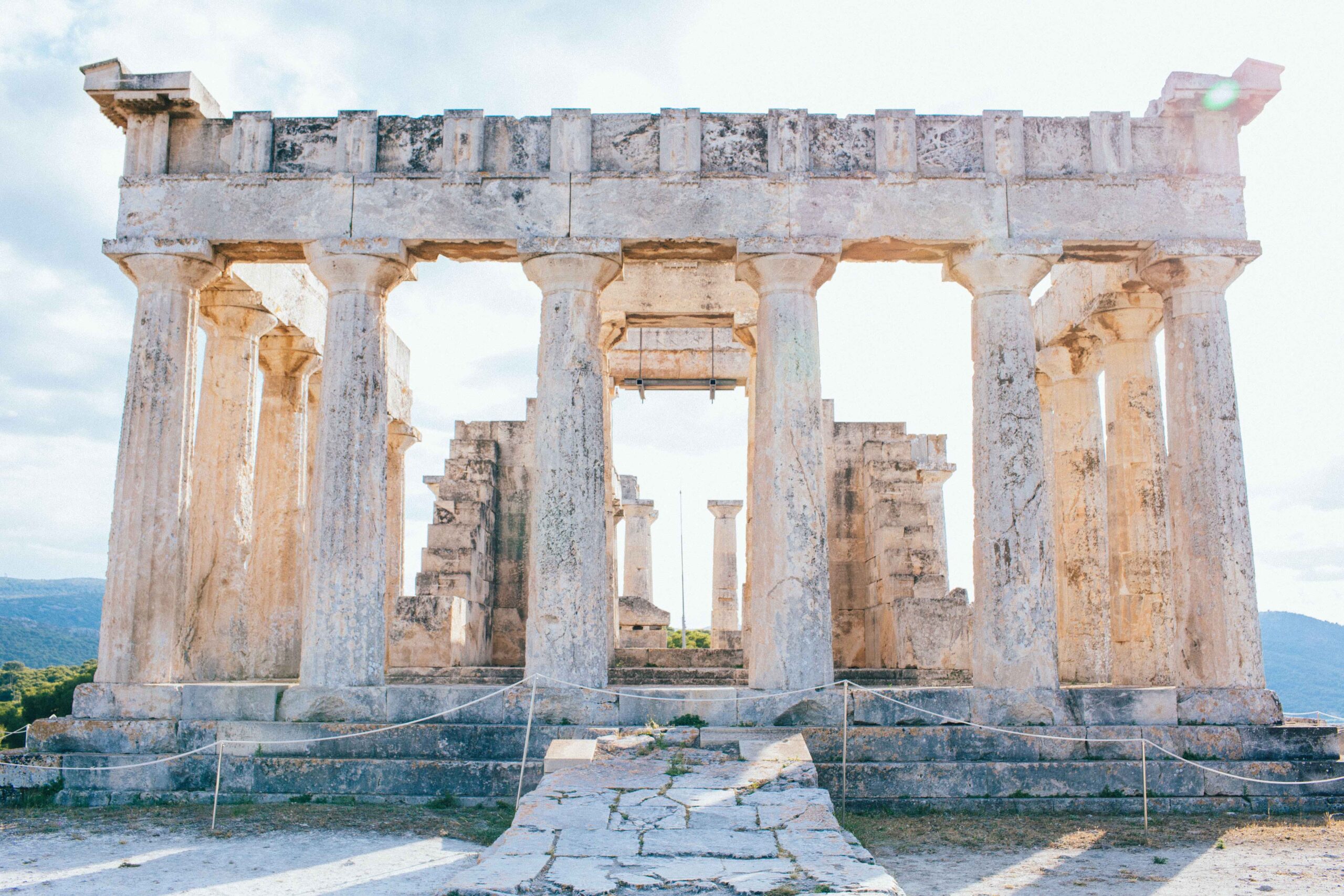Living in Athens has many advantages. Lots of sun, cheap rent, glorious food and a vibrant nightlife, amongst many more. But few people realize that Athens is in fact a coastal city, with the center just under half hour´s throw away from the nearest beach. Or the nearest island. And here´s the kicker. Living in Athens means being in close proximity to the Saronic Gulf islands. We´re talking a quarter of an hour on the hydrofoil and you´re knee deep in Aegean magic land.
Now, Cyclades they may not be, but there´s a lot to be said about a cluster of islands so close to Athens they´re practically part of the city. Aegina, in particular, stand out for its serenity and diversity. To be fair, Aegina is all that because it’s devoid of a tourist pull, mainly due to the fact that this is an island reserved for Greeks. But that doesn’t mean you can’t check it out. Aegina is a rich Athenian´s playground, and that should bode well for someone looking for a glimpse into authentic Greek life. Or at the very least, a glimpse at how the 1% of another country live.
WHAT TO DO
So as the saying goes, let them eat cake? Or in this case pistachios, because, you guessed it, Aegina is a big pistachio producing place, with the obligatory festival coming up in mid-September. And it’s a pretty cool festival, too. But that’s just scratching the surface.
Now, Aegina must have had a rich uncle grow up in Asia, because the floating greengrocers is something you probably won’t see anywhere else in Greece, or indeed Europe for that matter. Yet nonetheless, that is something that you can see here, in all its singularity.
Aegina plays host to a number of impressive neoclassical mansions, built by the island’s rich benefactors. All along the palm tree lined esplanade, conspicuous consumption is evident. A smattering of high end boutique shops and trendy cafes and restaurants complete the trifecta of opulence.
Obviously, the beaches are awesome. As is the case, there’s something for everyone. Family friendly and full of amenities such as Agia Marina, or slightly off the trail Perdika and Vayia. Or the one where you can heal rheumatism called Souvala. One should certainly try out Marathonas beach, too, for its gloriously immense stretch of fine sand.
WHAT TO SEE
And that’s before you get to the showstopper, which invariably means the ancient stuff. And in Aegina, unlike other remote places, you get to marvel at a fully standing (well, sort of) temple; the temple of Aphaia. It’s said that along with the Parthenon and the temple of Poseidon in Sounio, this temple comprises a mystic triangle of energy that can actually be felt. As far as tangible experiences go, you really couldn’t ask for more.
If one is feeling adventurous, one can gallivant on to Kolona. Located near the harbor, these are the remains of a 6th century BC believed to be the sanctuary of Apollo Delfinos. The sole remaining doric column is the only testament to its existence, ergo kolona. It’s worth noting that this hill was inhabited from Neolithic times, with several older structures in place before, as studies have shown.
There’s also the impressive Paleohora fortress area, where the old city was once located, firmly under a wall. Or at least, whats left of it. Just up the hill from Paleohora the semi standing chapels of Saint Dimitrios and Saint George are a reminder of its turbulent Byzantine past.
Aegina is the ideal weekend getaway. It is perfectly situated, handsomely adorned and historically robust. Oh, and there’s heaps of pistachios.




